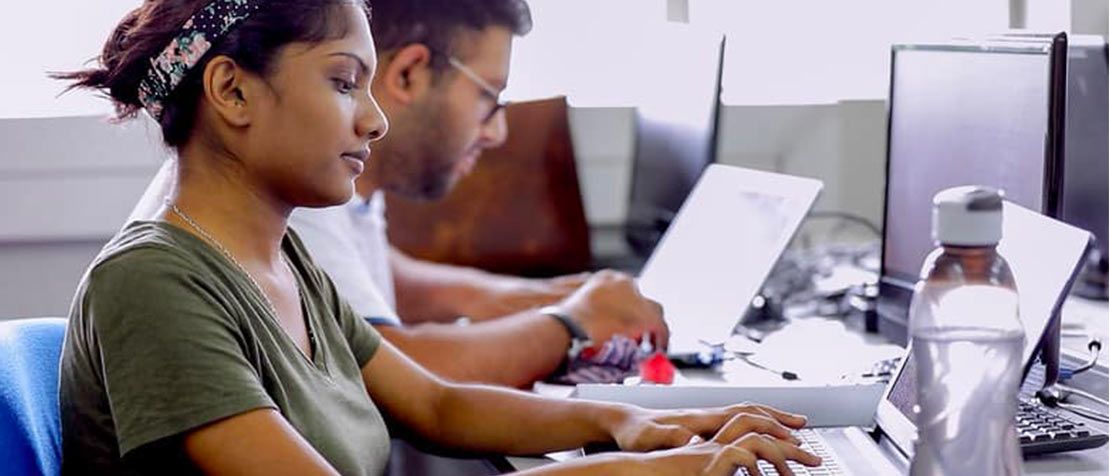
New podcast highlights how ITU works to close the digital divide
The global outbreak of COVID-19 has brought the world’s digital divide into sharp focus.
The Internet is a vital communications tool for people and communities affected by the outbreak. As schools and workplaces close, those without reliable access to the Internet are unable to access digital education tools or risk losing working hours. Other people may miss critical medical advice that is broadcast on digital services.
“Telecommunications have moved from only allowing for people to connect to becoming essential for the functioning of an economy in society today,” Américo Muchanga, Chairman of the Regulatory Commission Authority of Mozambique, said on the latest ITU podcast.
According to ITU data, 93 per cent of the global population within reach of mobile broadband (3G network or higher), and yet 3.6 billion people remain offline. In the event of a global health crisis, Internet access is crucial for the day-to-day economy – and a vital lifeline for those affected.
Indeed, connectivity is a driver of economic development and a tool for empowering people and communities – and this role is even more prescient in times of crisis.
So, what’s being done to ensure meaningful connectivity for all the world’s people so that they, too, can reap the benefits of today’s digital economy, including staying safe in the midst of a health crisis?
ITU’s latest podcast on digital inclusion
ITU explored the issue of global digital inclusion in detail in the latest episode of the Technology for Good podcast series. It identifies several barriers – including gender, socioeconomic status and disability – that prevent worldwide access.
ITU is working to provide the infrastructure necessary to bring connectivity to all.
For example, 5G and other high-capacity networks can provide the necessary infrastructure to enable affordable access to mobile broadband communications.
“The price of the current mobile communication models we have are simply too expensive for the majority of Africans. We’ve got to find new business models, new licensing models, but we also have to liberate some of the spectrum for greater public use for free public WiFi. So, there’s a lot that we could do to bring down those prices to bring people more online,” Alison Gillwald, Executive Director of Research ICT Africa (RIA) and adjunct professor at the University of Cape Town’s Nelson Mandela School of Public Governance, said on the latest ITU podcast.
ITU is convening the leading engineers and experts in mobile and fixed backhaul technologies to work on 5G and future generations of mobile broadband services. ITU also works with international stakeholders such as governments and private sector members to find and establish innovative ways to provide affordable connectivity to all, including high-altitude platform systems (HAPS), small satellites and non-geostationary satellite systems.
But this is a longer-term issue. While efficient and affordable ICT infrastructure and services allow countries – and their citizens – to participate in the digital economy and to increase their overall economic well-being, access does not necessarily mean inclusion.
The digital gender divide
Gender is another barrier to inclusion. The proportion of women using the Internet around the world is 48 per cent, compared to 58 per cent of men. In relative terms, this means that the global Internet user gender gap is 17 per cent. Without access to the Internet and the skills needed to use different technologies, they cannot start new businesses, access online education or health and financial services.
ITU’s flagship global event, Girls in ICT Day, held annually on the fourth Thursday in April, has helped to inspire and encourage an estimated 357,000 girls and young women from 171 countries around the world to think about a career in the science, technology, engineering and maths (STEM) field.
Ghana, for example, has been working to bridge the gender divide through coding clubs and mentorship days, where girls from across the country can shadow female tech entrepreneurs to learn more about careers in STEM.
Accessibility
In addition, roughly one billion people around the world live with some form of disability. Technology should be accessible to people of all abilities, so they constitute an opportunity and not a barrier, and ensure that everyone has full and equal access to them.
Working to achieve this goal, ITU’s Joint Coordination Activity on Accessibility and Human Factors (JCA-AHF)coordinates activities related to accessibility and human factors in order to avoid duplication of work, and to ensure that the needs of persons with disabilities and persons with specific needs are taken into account in ITU’s work.
ITU’s new podcast series looks at how technology is shaping the world around us. Listen to the series so far on Spotify, Apple Podcasts, Spreaker and Soundcloud – and sign up to get notified about new episodes.
